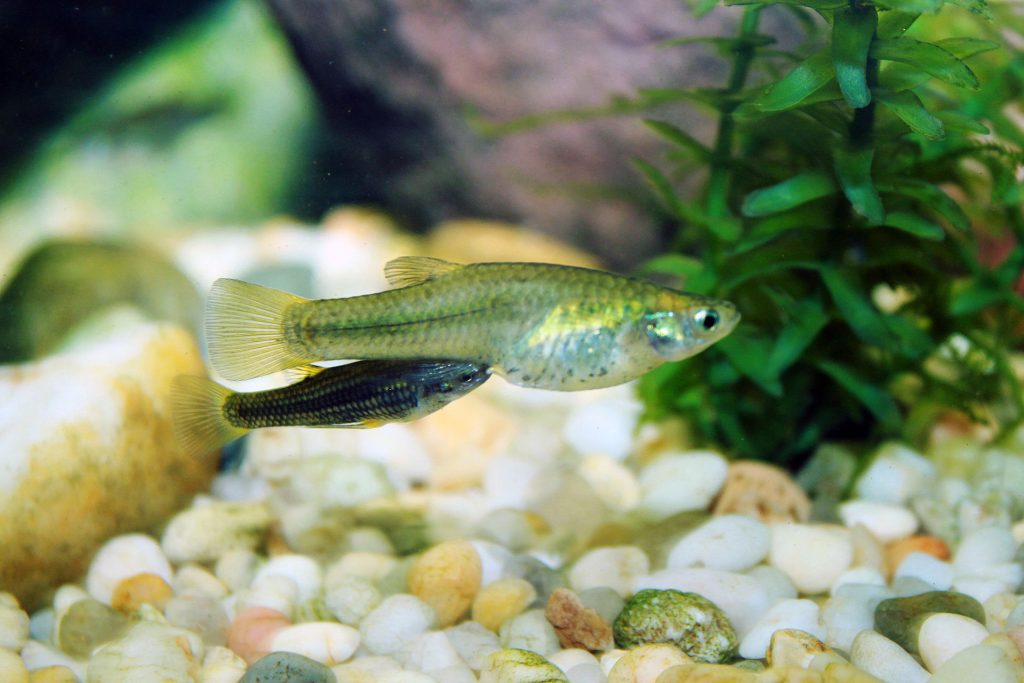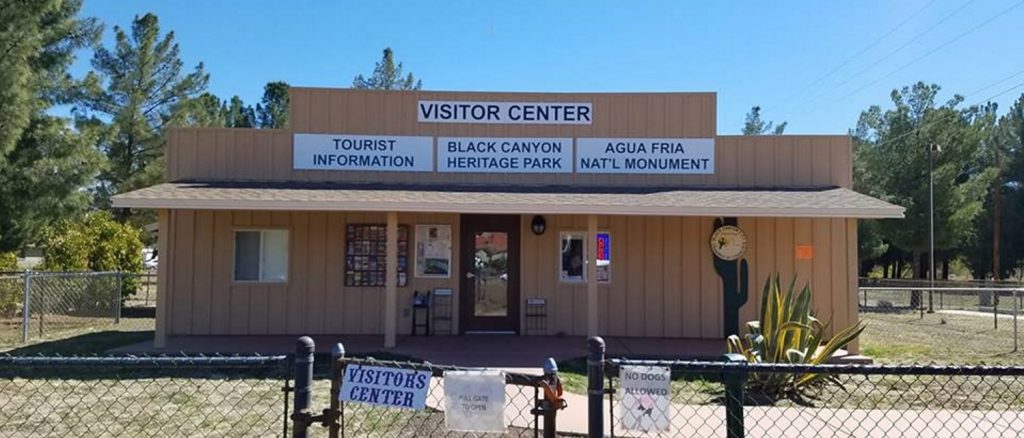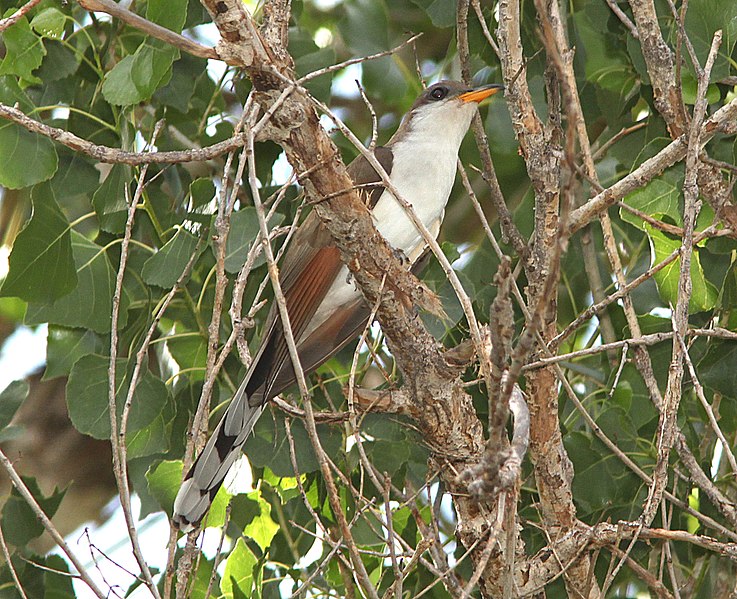Coots, ducks, egrets and herons gather at a desert oasis for food and rest. Endangered desert pupfish and Gila topminnows thrive in its shallow waters. Butterflies flit from bank to bank, attracted by carefully selected native plantings. In protecting a tiny microcosm of Arizona’s riparian miracle, Black Canyon Heritage Park illustrates how it takes many supporters—and constant advocacy–to preserve threatened habitats in an arid environment.

Black Canyon City’s from-the-ground-up preserve effort dates to 2006. Looking to retire from farming, Phil Albins donated over thirty acres of land, located near the confluence of Black Canyon Creek and the Agua Fria River, to the Black Canyon City Community Association. Current Black Canyon Heritage Park Chair Bob Cothern led the transformation of the donated acreage into a riparian preserve, but getting Black Canyon Heritage Park from private parcel to protected landscape was a multi-organization effort.

The Arizona Department of Game and Fish, which maintained a small population of native fish in a pond on the acreage, offered financial help. The Bureau of Land Management and the National Park Service-agencies Cothern had worked with on the eighty-mile-long Black Canyon Trail project–funded renovation of the park’s Visitor Center, shared with nearby Agua Fria National Monument. Local groups also helped bring the park to life and support its daily operations. The Black Canyon City Historical Society occupies a historic 1926 schoolhouse building, located on the preserve grounds. Another local partner, the Black Canyon City Chamber of Commerce, recently moved its offices to the park and helps to staff the Visitor Center.

Black Canyon Heritage Park could not exist without maintaining close relationships with various conservation groups. The preserve recently earned designation as a “Monarch Waystation” for its efforts to cultivate environmentally-appropriate butterfly habitat, with help from the Desert Botanical Garden. It also supports the Audubon Arizona “River Pathways” program, a hands-on conservation experience for high school students. Audubon Arizona is helping the park in return, building a trail with a $5,000 grant from REI and sweat equity from community volunteers. In fact, the park’s corps of dedicated volunteers is the foundation on which its conservation mission is built.

The new trail, named for deceased long-time volunteer Tom Kenson, will provide a route into previously inaccessible areas of the preserve. The improved access may increase the chance that birders in Black Canyon City will spy the distinctively-marked tail of a Western yellow-billed cuckoo. Known to visit riverbanks in Agua Fria National Monument, this migratory bird’s breeding territory in Arizona has dwindled significantly due to riparian habitat loss. The rare yellow-billed cuckoo has not yet been sighted at Black Canyon Heritage Park, but enthusiasts hope that the likelihood of a visit will grow in tandem with the community’s commitment to the preserve.
Visit Water/Ways in Black Canyon City!
- January 23, 5:00 to 6:00 PM: Watch compelling short films at Water/Ways Movie Night! Entries include Sleeping Giant, a Black Canyon City documentary; Sharing the Colorado River; and Don’t Waste Wastewater from the Arizona Center for Algae Technology and Innovation. At Cañon Elementary School in Black Canyon City.
- January 25, 10:00 AM to 2:00 PM: Celebrate water stories at WinterFest and BookFest. Indulge in over thirty exhibits on conservation, water, and history! At Black Canyon Heritage Park in Black Canyon City.
- Through January and February: Catch local talent with water art and story displays, in the lobby at the Black Canyon Community Health Center.
Until January 26: Experience Water/Ways at Cañon Elementary School in Black Canyon City!

